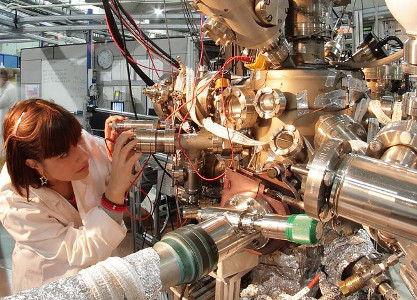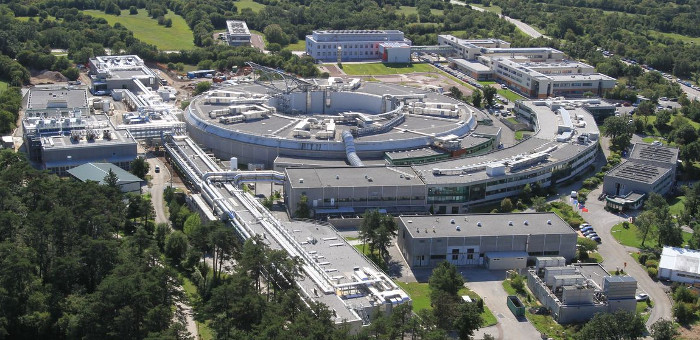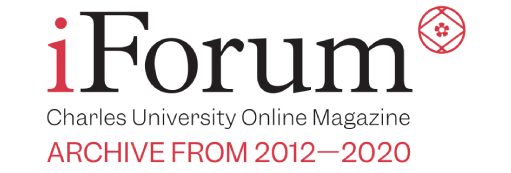Petra Köpplova • foto: The Elettra Synchrotron • 26 June 2013
CU reaps success at light circuit in Trieste
Charles University and the Physics Institute of the Academy of Sciences of the Czech Republic own an optical circuit for matter research at the Elettra synchrotron in Trieste, Italy. The circuit is administered for CU by the Faculty of Mathematics and Physics and allows a team of experts headed by Professor Vladimír Matolín to carry out unique experiments in resonance spectroscopy in cerium oxide. Thanks to support provided through grants in excess of 130 million crowns, Professor Matolín’s team has, in the last 11 years, made a fundamental contribution towards raising the optical circuit to international standard.

Photo: R. BarnabTeams from universities and scientific institutions from across the world compete for experimental time on the circuit. Like other optical circuits, the MSB is shared infrastructure (open structure). Experiments, which fill seventy percent of the measuring period, are selected twice yearly by the synchrotron’s scientific panel. Amongst the regular applicants for experimental time are scientists from the universities of Erlangen and Dijon engaged in catalysis research; nonetheless, up to half of the 5,000 hours of annual operation are usually taken up by projects originating in the Czech Republic.
The consortium formed by Charles University and the Physics Institute of the Czech Academy of Sciences has a contract for the supply of radiation corresponding to 30 percent of annual experimental time for its own needs. Following upgrades and technological adjustments, the remainder of these 1,500 hours can be used for internal experiments, which in this case are selected by a scientific working group of CU and the Academy of Sciences. The c. 25 teams that have the opportunity to experiment with photoelectronic spectroscopy energised by tuneable synchrotron radiation are mainly assisted by two university employees based in Trieste on a full-time basis. Doctorate students also make a significant contribution to the operation of the optical circuit.
The Czech circuit is amongst the most scientifically productive circuits at the synchrotron, while having the smallest budget. Evidence of the success of research carried out on the optical circuit is number of essays with a high impact factor published in journals, including Nature Materials, where as many as twenty articles have appeared.
The Elettra Synchrotron
CERN-type accelerators, where scientists attempt to achieve as few losses as possible, are constructed in the form of circular tubes. The accumulator ring of the Elettra synchrotron is built in the form of a polygon. The sharp bends of the synchrotron create photons that are released from electrons accelerated to the speed of light through the optical circuit in the same way that car headlights illuminate fields at night when the car turns round a bend.
Light inside the optical circuit for matter research expands inside the vacuum pipe and passes through a monochromator. This device allows scientists to select various lines from a continuous spectrum. The surface of the substance being studied is irradiated with X-rays, with the photoelectrons released subsequently undergoing analysis in the spectrometer. Scientists use the data gathered to study atoms on the surface of substances. The surface analysis method is chiefly used by scientists in the study of nanomaterials with a greater surface than volume.

Photo: G. Crozzoli, Elettra
The optical circuit is financed through MŠMT (INGO) grants and the funds of the Faculty of Mathematics and Physics, which provides the development of the circuit with considerable support through the purchase of investment funds.
Contact:
prof. RNDr. Vladimír Matolín, DrSc.
Tel: +420 221 912 323, +420 221 912 734
E-mail:
Zdroj:
